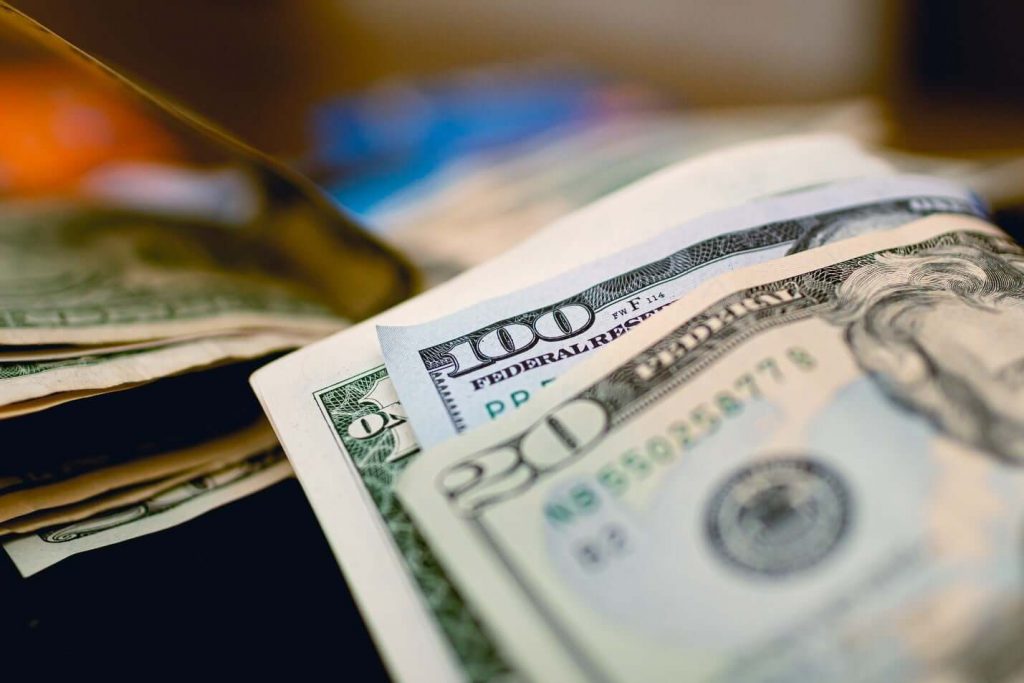
Dollar Slumps
The dollar fell to a two-month low against a basket of currencies after data showing an expected rise in US consumer prices in December fell short of providing any new impetus for the Federal Reserve’s policy normalization efforts.
The US Dollar Currency Index measures the value of the US dollar against six major currencies. It was down 0.7 percent at 94.944, after falling as low as 94.903,
Consumer prices in the United States rose in December. The annual increase in inflation was the largest in nearly four decades. It potentially bolstered expectations that the Federal Reserve will begin raising interest rates as early as March.
According to the Labor Department on Wednesday, the consumer price index rose 0.5 percent in December after rising 0.8 percent in November. The CPI increased by 7.0 percent in the year to December, the most significant year-on-year increase since June 1982. Reuters polled economists predicted a 0.4 percent increase in the CPI and a 7.0 percent increase yearly.
In March, the United States economy appears to be ready for interest rate hikes.
However, the problem with the dollar is that the market already has very hawkish expectations for Fed policy this year.
Federal Reserve Chair Jerome Powell gave no clear indication on Tuesday that the Fed was in a hurry to tighten monetary policy. Hence, he put some downward pressure on the greenback, which has benefited from recent rate-hike expectations in the United States.
Currencies
USD/JPY fell 0.2 percent to 114.43, near a two-week low. EUR/USD rose 0.2 percent to 1.1463, reaching its highest level since mid-November. GBP/USD rose 0.2 percent to 1.3729. Sterling showed strength following the Bank of England’s recent rate hike and shrugging off Prime Minister Boris Johnson’s political woes.
Furthermore, the risk-sensitive AUD/USD rose 0.2 percent to 0.7300, reaching a nearly two-month high.
Moreover, the headline consumer price index in the United States increased by 7% year on year and by 0.5 percent month on month. In December, the core consumer price index rose 0.6 percent month on month and 5.5 percent year after excluding volatile energy and food sectors.


